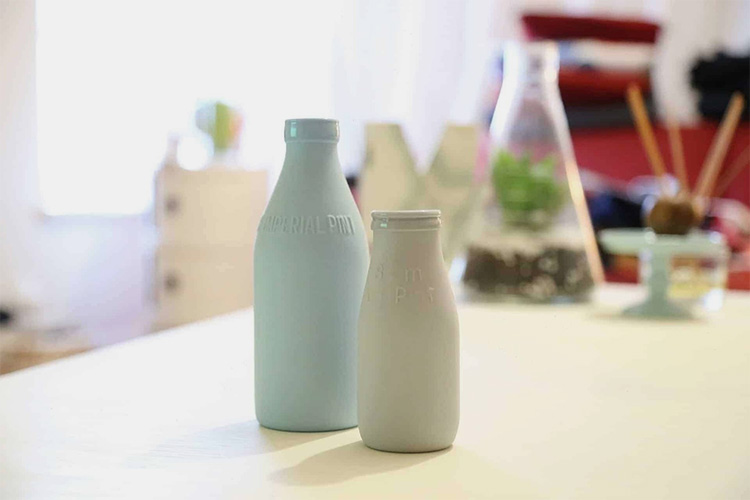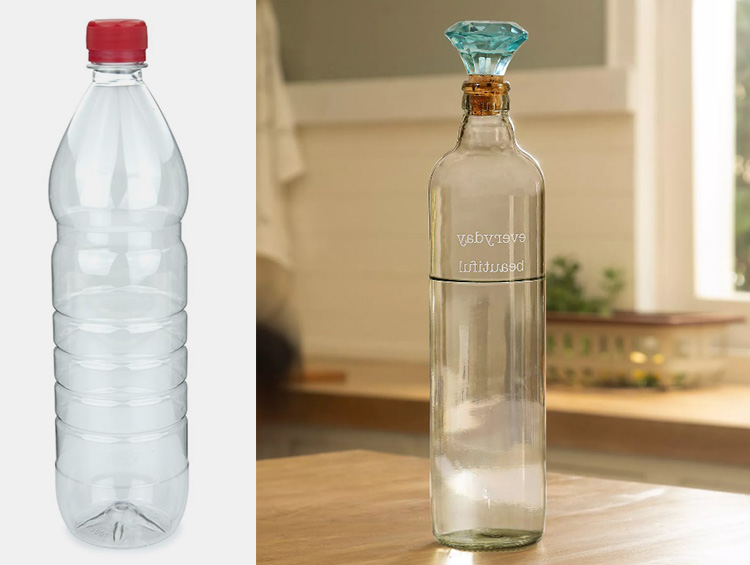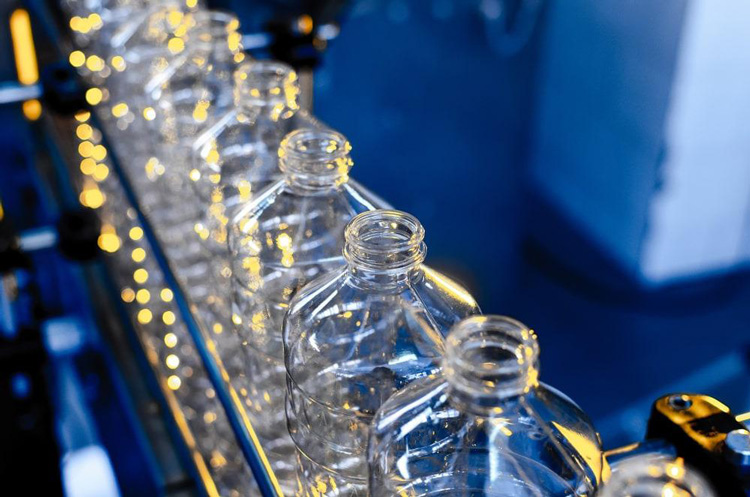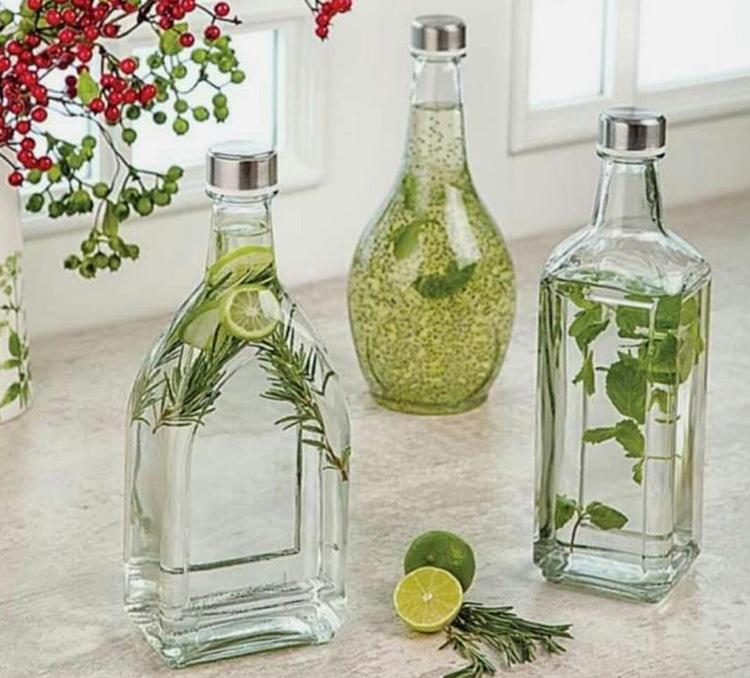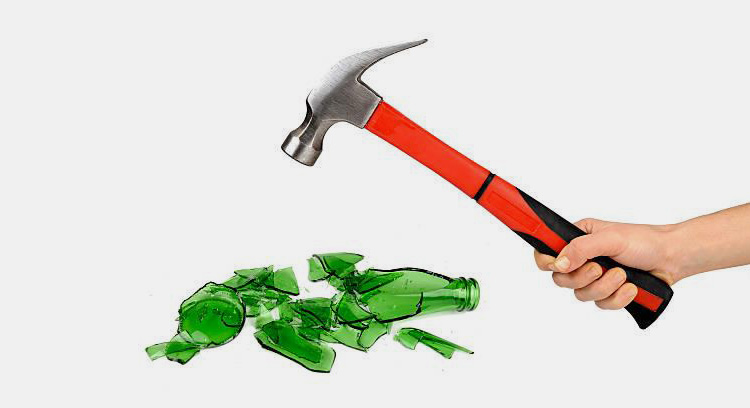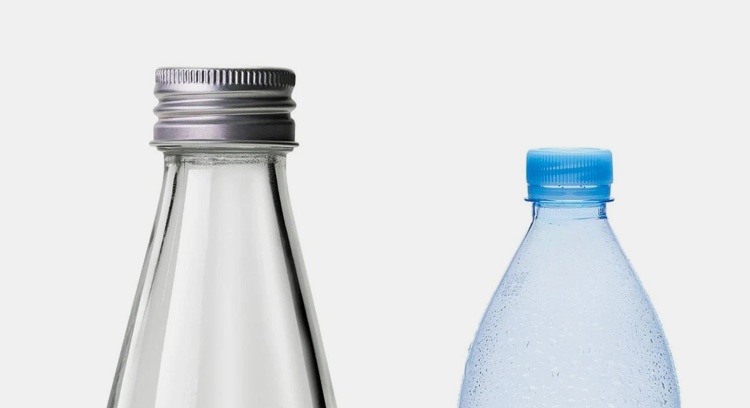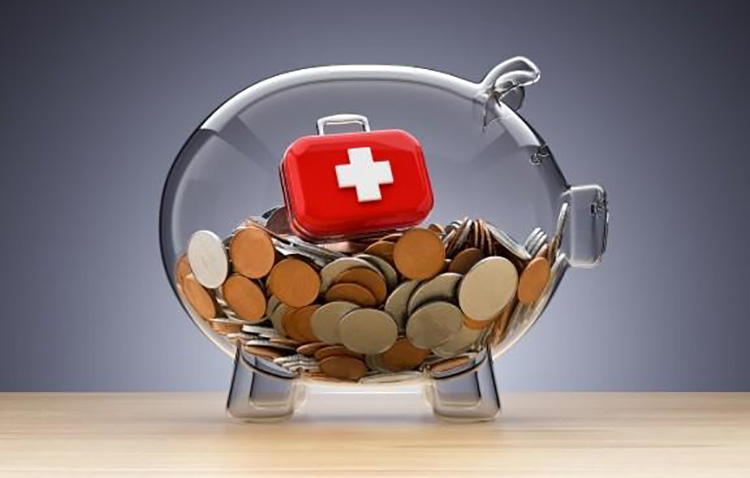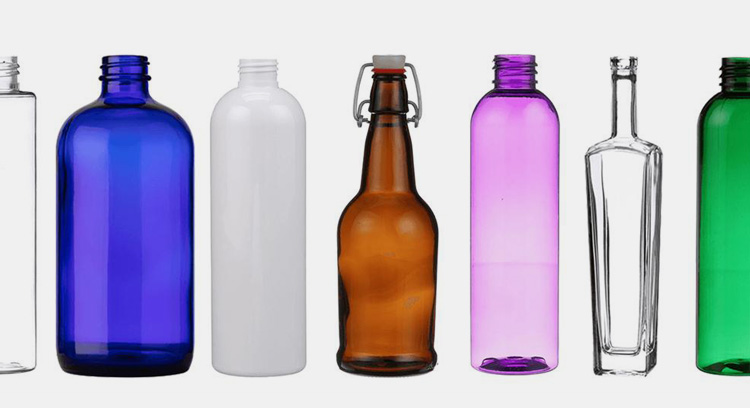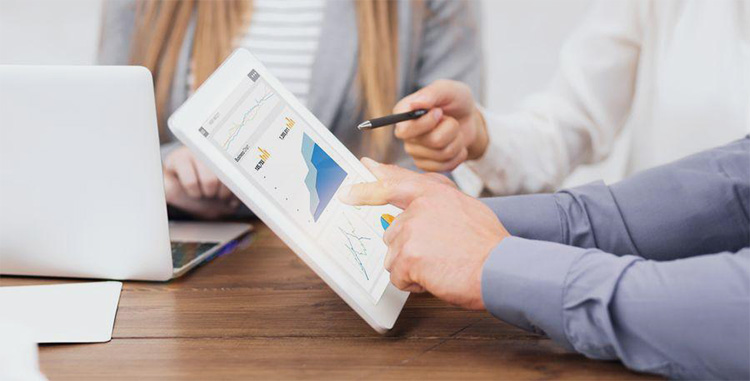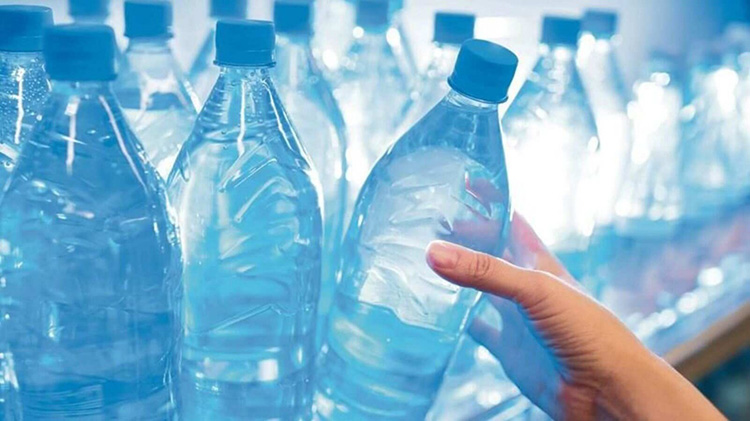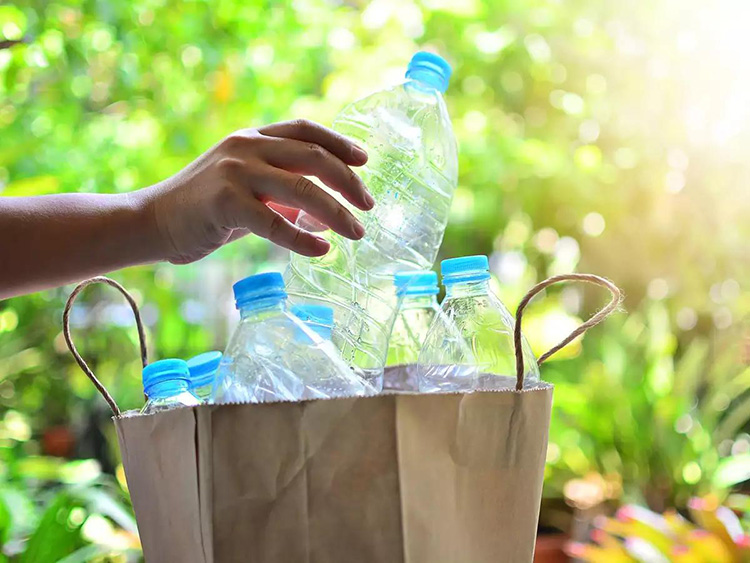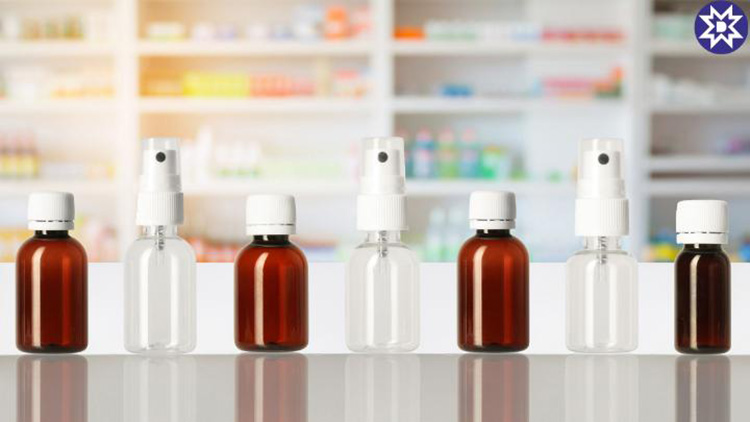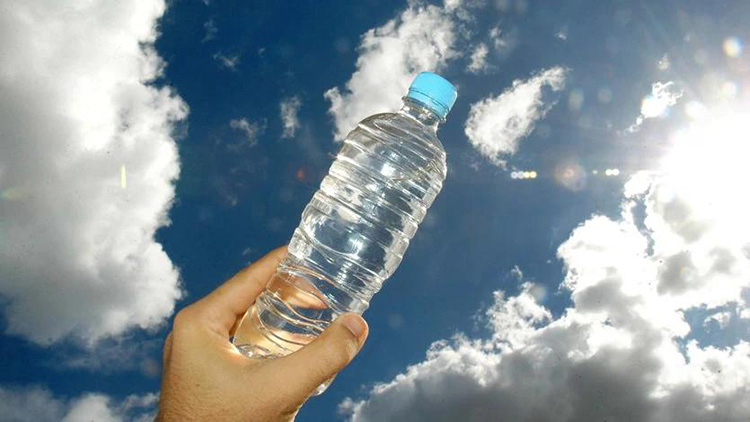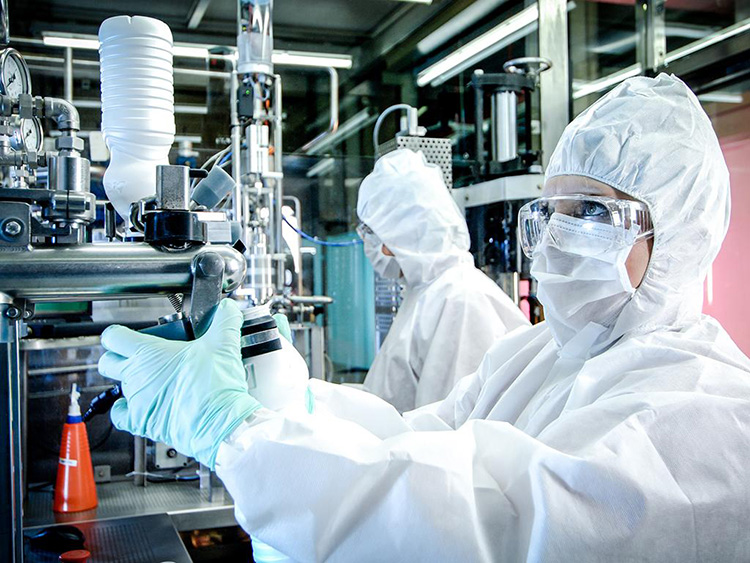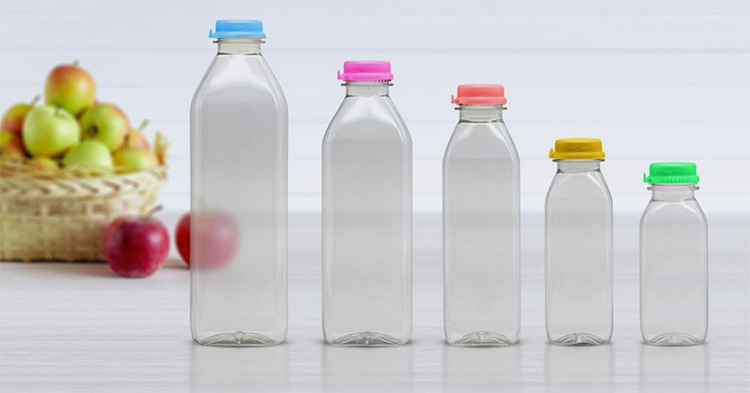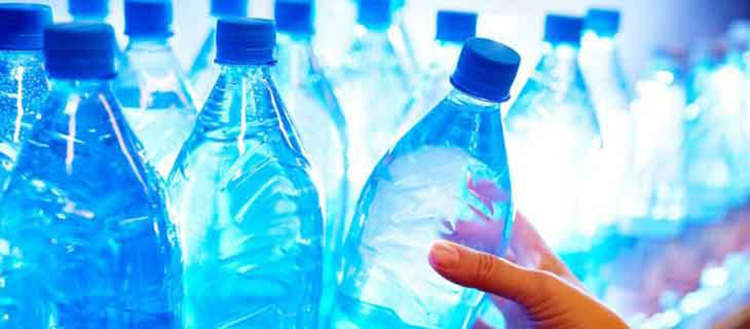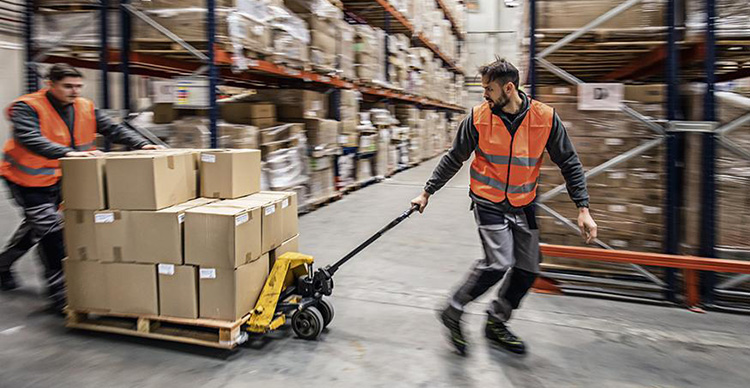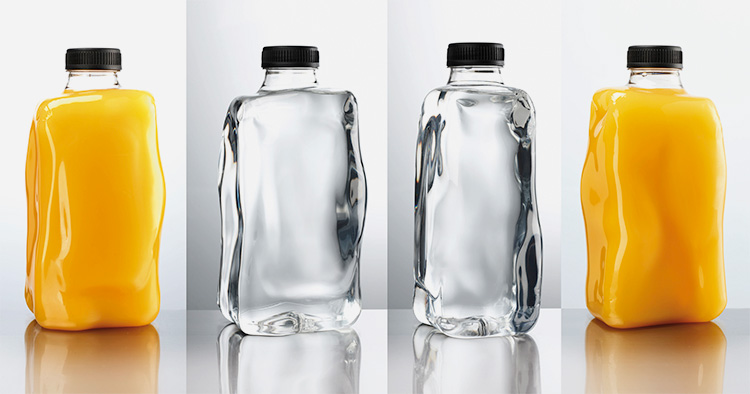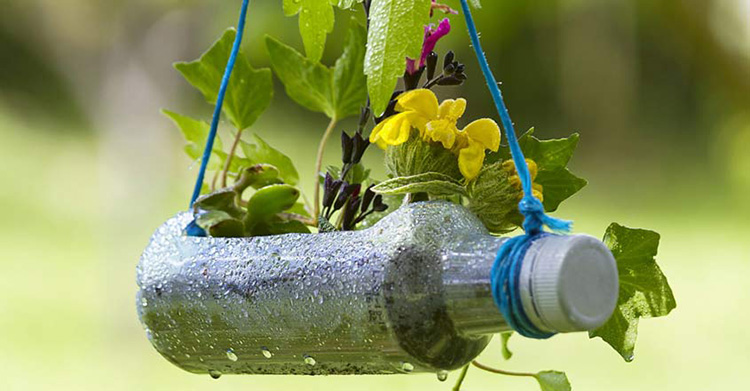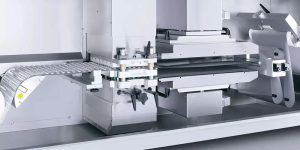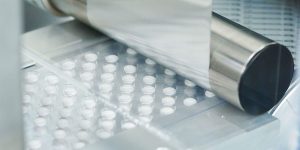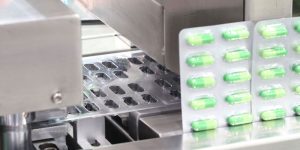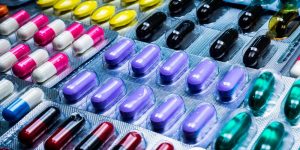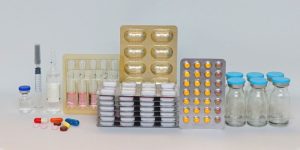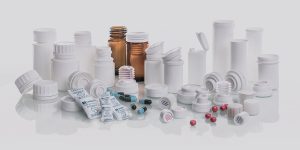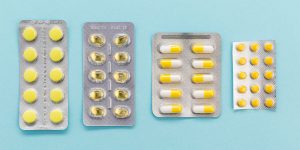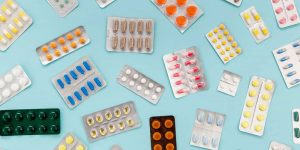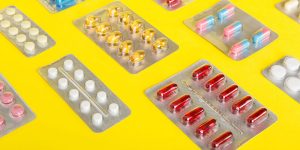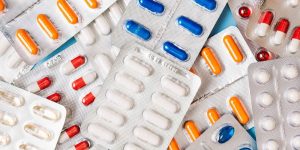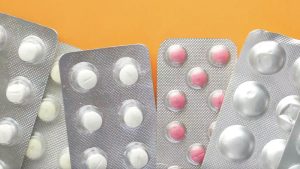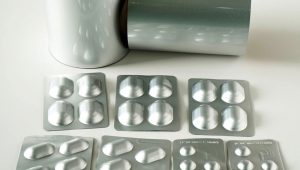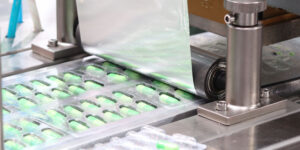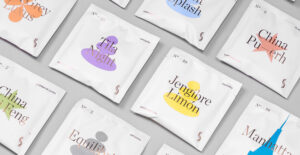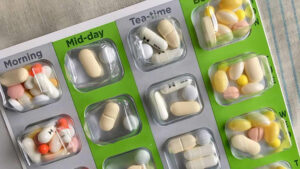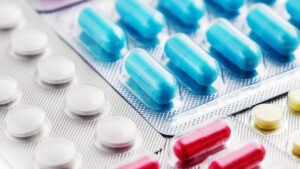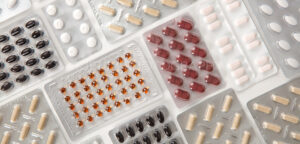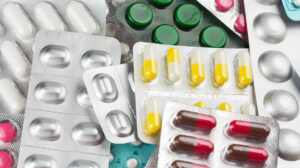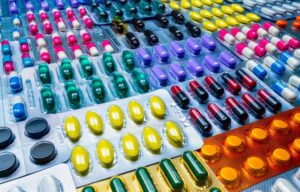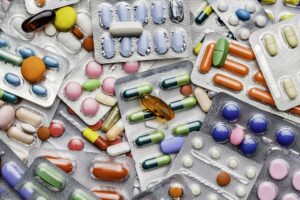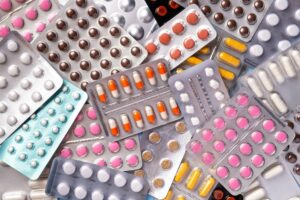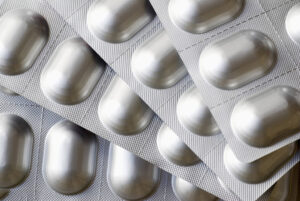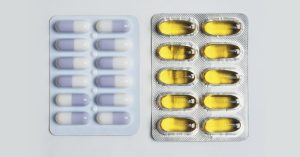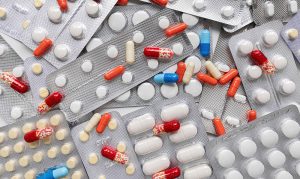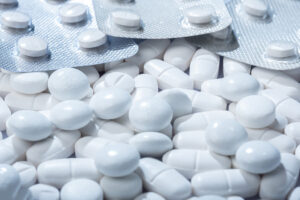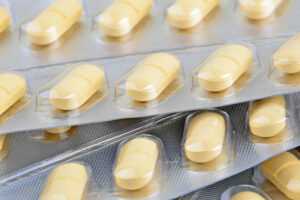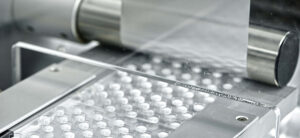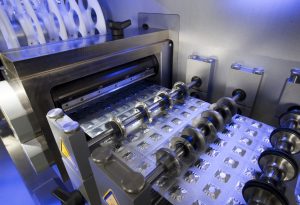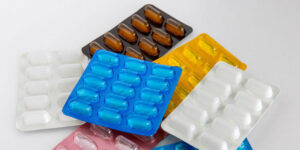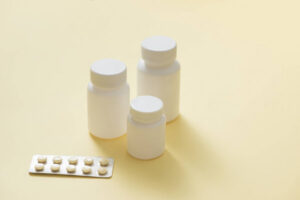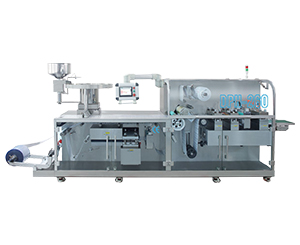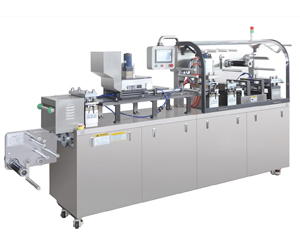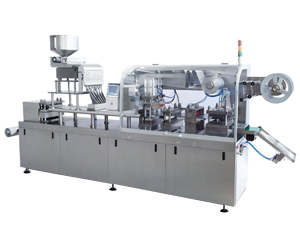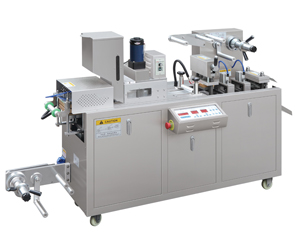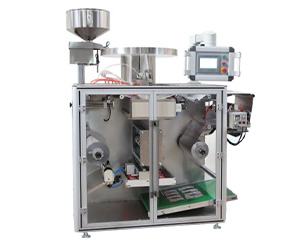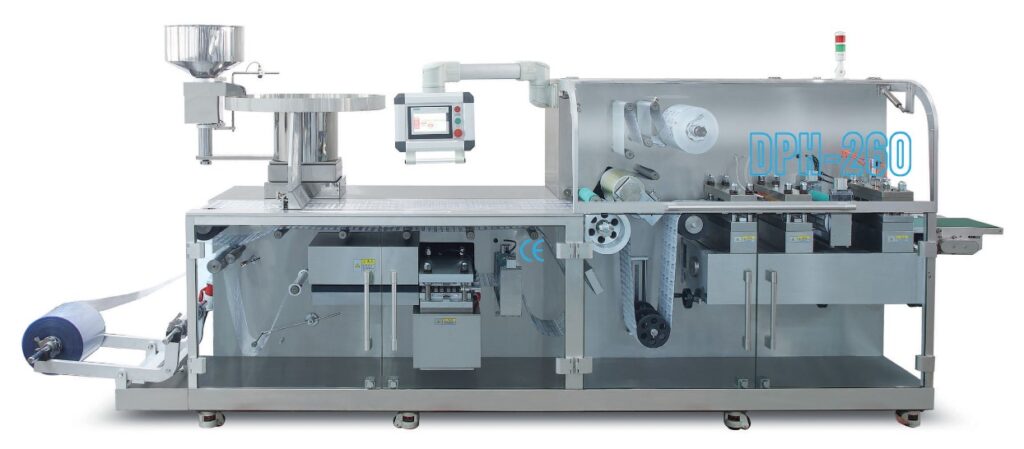Pet Packaging Vs Glass Packaging
Is glass a perfect material for packaging food, and medicinal products than PET? A precise answer is NO!
Is PET more sustainable than glass? A short answer is NO!
No matter how hard you try but you cannot ignore the significance of plastic or glass in your life! Considering from food to medicines, cars to laptops, foods to chemicals- PET or Glass plays an excellent role. In this article, we’re talking about the battle between PET packaging VS Glass Packaging. Without further Ado, let's explore the major differences you must know!
1.DEFINITION
PET PACKAGING
PET packaging is a short form of polyethylene terephthalate packaging. This plastic packing is mostly employed for packing solid dosage forms in the pharmaceutical industry and fizzy drinks in the beverage industry. PET packaging includes bottles, pouches, tubes, jars, caps, closures, trays, bags, etc.
GLASS PACKAGING
This packaging type is made of glass and is utilized for packaging food, beverages, and pharmaceutical liquids such as syrups, emulsions, and suspension. Glass packaging typically includes bottles, jars, and bowls.
2.TYPES OF PACKAGING
PET PACKAGING
There are six variations of PET depending upon clarity and ability to withstand different chemicals which are penned below:
- PETE (Polyethylene Terephthalate)
- OPET (Oriented Polyethylene Terephthalate)
- EPET (Extrudable Polyethylene Terephthalate)
- PETT (Trimethylene Polyetherphthala)
- PETG (Glycol Modified Polyethylene Terephthalate)
- PCTG (Poly Cyclohexylenedimethylene Terephthalate Glycol-Modified)
GLASS PACKAGING
There are four types of glass packaging based on their chemical and hydrolytic resistance:
- Type I Glass (Neutral Glass or Borosilicate Glass)
- Type II Glass (Treated Soda Lime Glass)
- Type III Glass (Regular Soda Lime Glass)
- Type IV Glass (General Purpose Soda Lime Glass)
3.WHICH IS SAFER? PET OR GLASS?
PET PACKAGING
Health authorities consider PET packaging safe for packing food, beverage and cosmetic products. PET plastic does not leach in the packaged products.
PET generally has bad repute for its toxicity profile but this is not the case. It is free of BPA, dioxins, lead, cadmium or endocrine disruptors- the compounds or elements usually rumored to be present in PET packaging.
GLASS PACKAGING
Glass is relatively free of harmful and toxic substances. Glass packaging does not pose a severe health risk because there is no leaching of glass compounds in packed products.
But glass packaging is not safe for packaging goods for a longer time because bio-films grow inside the glass containers. Bio-films are the growth of various microbes such as bacteria, fungi, and protists and have severe health consequences for humans.
4.WHAT IS BASIC CHARACTERISTIC & CHEMICAL INERTNESS?
PET PACKAGING
The inertness of PET packaging is the heart of their safety profile. This plastic material is tough, has high tensile strength, and is extremely stable. Moreover, it does not react chemically with APIs, food, and drugs.
PET packaging have high resistance against oil, grease, dilute acids, and alcohols while it is moderately resistant to diluted bases and halogen compounds.
GLASS PACKAGING
Glass packaging is widely popular due to its superior barrier properties. It is chemically inert and is typically utilized for packing aggressive chemicals such as strong acids and base. Glass packaging wins the battle of chemical inertness over PET packaging.
5.WHICH ONE IS COST-EFFECTIVE?
PET PACKAGING
The manufacturing of PET packaging is more wallet-friendly. The melting point of plastic is far much lower than glass thus less fuel is needed to liquidity and mold PET. This saves your utility cost.
GLASS PACKAGING
Glass formation is more energy intensive requiring about 1% of total industrial energy. More fuel and natural gas are required for melting glass which consequently adds up to operational expenses.
6.WHICH FORM OF PACKAGING IS MORE VERSATILE & FLEXIBLE?
PET PACKAGING
Plastic packaging is way more pliable and versatile than glass packaging. PET is not only shaped into various usual shapes such as rectangular or square containers but is also molded into several unique geometries such as pyramids, triangles, etc.
GLASS PACKAGING
The glass packaging is quite rigid and brittle which put the limit to versatility in glass packaging. It is difficult to stretch glass therefore glass containers are available in your typical shape and sizes.
7.WHICH PACKAGING IS MORE IN DEMAND?
PET PACKAGING
Brand Owners and manufacturers prefer to package products in PET containers. Since PET raw materials are readily available and fabricating PET packaging is less demanding.
Additionally, PET is elastic and bendable which aids businesses in creating their unique brand profile and thus increasing their product value on retail shelves
GLASS PACKAGING
Glass production consumes massive loads of energy and extra care is required to handle glass containers. This discourages manufacturers from using glass.
8.WHICH FORM OF PACKAGING IS THE LIGHTEST?
PET PACKAGING
PET is one of the lightest polymer hence producing lightweight PET packaging. Despite its lightness, it has high strength-to-weight ratio.
GLASS PACKAGING
Glass is quite dense thus containers made from glass are also bulky and 40x higher in weight than PET packaging. A 2 plastic bottle has a weight of .023 lbs while the glass bottle of the same amount weighs about .177 lbs.
9.WHICH ONE SHOWS A HIGH RECYCLABILITY RATIO?
PET PACKAGING
The recyclability ratio of PET packaging is comparable to that of glass packaging. Recycling of PET into different products such as bottles, clothing, carpeting, car interior than original products is the handiest feature of PET.
GLASS PACKAGING
This has 100% recycling rate. Glass containers can be sterilized and reused thus again ending up in the packaging cycle. Furthermore, glass is recycled infinite number of times.
10.WHICH ONE IS BEST FOR SENSITIVE AND PHARMACEUTICAL PRODUCTS?
PET PACKAGING
PET packaging does not offer when it comes to the packaging of sensitive pharmaceutical products. Nevertheless, these are employed for packing regular tablets, capsules, and emulsion which does not need stringent protection.
GLASS PACKAGING
Glass containers such as bottles, vials, and ampoules are utilized for holding sensitive pharmaceutical solutions. Amber-colored glass bottles protect APIs from harmful UV rays. Biologics and vaccines are also filled inside glass vials.
11.WHICH ONE IS CAPABLE OF WITHSTANDING HIGH TEMPERATURE?
PET PACKAGING
PET packaging has superiority over other thermoplastic packs in terms of resisting high temperatures of about 150 °C (320°F).
GLASS PACKAGING
Various types of glass containers can withstand various ranges of high temperatures. Usually, glass containers resist a temperature of 232°C (450° F). Higher temperatures usually cause cracking in glass containers.
12.WHICH ONE IS MORE PERMEABLE?
PET PACKAGING
This packaging is more permeable to small molecules such as gases (O2 and CO2), water, and organ vapors. In addition, aroma and flavor can also tint the food and beverage.
GLASS PACKAGING
Glass is a non-porous material and is impermeable to moisture Moreover, harmful chemicals do not go inside pharmaceutical and food products. Glass packaging does not permit the movement of carbon dioxide and oxygen hence it is used for holding bubbly drinks.
13.WHICH ONE IS MADE FROM NATURAL MATERIAL?
PET PACKAGING
PET packaging is manufactured with terephthalic acid and ethylene glycol which are the byproducts of petroleum and natural gas refining.
GLASS PACKAGING
Virgin glass used in glass packaging is formed from natural raw materials, for instance, silica, soda ash, and limestone. Silica is one of the most mined resources. The problem with mining this material is that it leads to lose of the natural habitat of various bird species.
14.WHICH PACKAGING FORM IS THE CONSUMER'S CHOICE?
PET PACKAGING
PET packaging is becoming a quick consumer's first choice. The aesthetic appeal and portability of PET packaging make them a great hit among customers. Furthermore, the customer prefers PET packaging since they are more durable and does not break on impact.
GLASS PACKAGING
The bulkiness and fragility of glass packaging put off the patrons from buying goods packed in glass containers. These products break into tiny fragments and cut the person handling them.
15.WHAT PACKAGING IS EASY TO TRANSPORT & DISTRIBUTE?
PET PACKAGING
PET packaging is much easier to transport and distribute because it takes less space and can withstand rough treatment while shipment. A truckload can carry twice the amount of PET containers than glass ones which significantly reduces your transport cost.
GLASS PACKAGING
Greater care is required for transporting glass packaging as it can break and cause spillage. Moreover, due to heavier loads, vehicles carrying these containers need more fuel.
16.WHAT IS THE MARKET VALUE OF THE FOLLOWING PACKAGING?
PET PACKAGING
The value of global PET packaging was estimated at about USD 64 Billion in 2021. And with a growth of 5% CAGR, it is anticipated to reach USD 100 Billion by 2030.
GLASS PACKAGING
The market size of world glass packaging was calculated at USD 75. 82 billion in 2021 and it is predicted to attain USD 97.78 billion in 2027 with an increase in CAGR of 4.39%.
17.WHICH ONE IS CLIMATE-FRIENDLY?
PET PACKAGING
PET packaging is more sustainable and climate friendly. The manufacturing and recycling PET emit less carbon dioxide consequently contributing to less carbon footprint.
GLASS PACKAGING
Glass has a melting point of 1700° C or 3090°F. For liquefying glass more energy is required which translates into more burning of fossil fuel. This will result in much higher carbon emissions in the environment.
CONCLUSION
Just like glass, PET packaging is also has several merits such as low in weight, high temperature resistant, and recylability etc.,
Today, PET packaging is used everywhere for pharma, food, cosmetics, beverages, as well as chemical products. With the latest innovations in PET technology, this is becoming a high-demand material-both by brand owners and consumers. So, the myths about safety, sustainability, and recyclability have become a thing of the past. Now PET is considered as safest, greenest, and most highly reusable plastic. If you have additional queries regarding PET or glass packaging, you can our customer care helpline here at AIPAK Pharmaceuticals. Our technical assistants are always ready to guide you.
Don't forget to share this post!
Blister Packaging Machine Related Posts
Blister Packaging Machine Related Products
Blister Packaging Machine Related Videos
CONTACT US
Tell us your raw material and project budget to get quotations within 24 hours.
WhatsApp Us: +86 181 6426 8586
Want the best price & newest pharmaceutical machinery buying guide,tips and trends sent straightly to your box?Sign up for Aipak’s monthly newsletter,we’re free for your consultation and Offer you the most suitable solutions!
The Buyer's Guide
- Capsule Filling Buyer's Guide
- Blister Packaging Buyer's Guide
- Tablet Counting Buyer's Guide
- Tube Filling Buyer's Guide
- Cartoning Buyer's Guide
- Gummy Making Buyer's Guide
- CO2 Extraction Buyer's Guide
- Empty Capsules Buyer's Guide
- Suppository Filling Buyer's Guide
- Tablet Coating Buyer's Guide
- Tablet Press Buyer's Guide
- Softgel Encapsulation Buyer's Guide
Most Popular
- 7 Importance Of Pharmaceutical Packaging In Different Applications You Must Know
- 6 Advantages You Must Know About Tablet Counting Machine
- 8 Advantages of Blister Packaging You Must Know
- 6 Critical Applications of Automatic Capsule Filling Machine
- 6 Stations You must Know to Improve the Filling Quality of Automatic Capsule Filling Machine
Tell us your material or budget, we'll reply you ASAP within 24 hours

